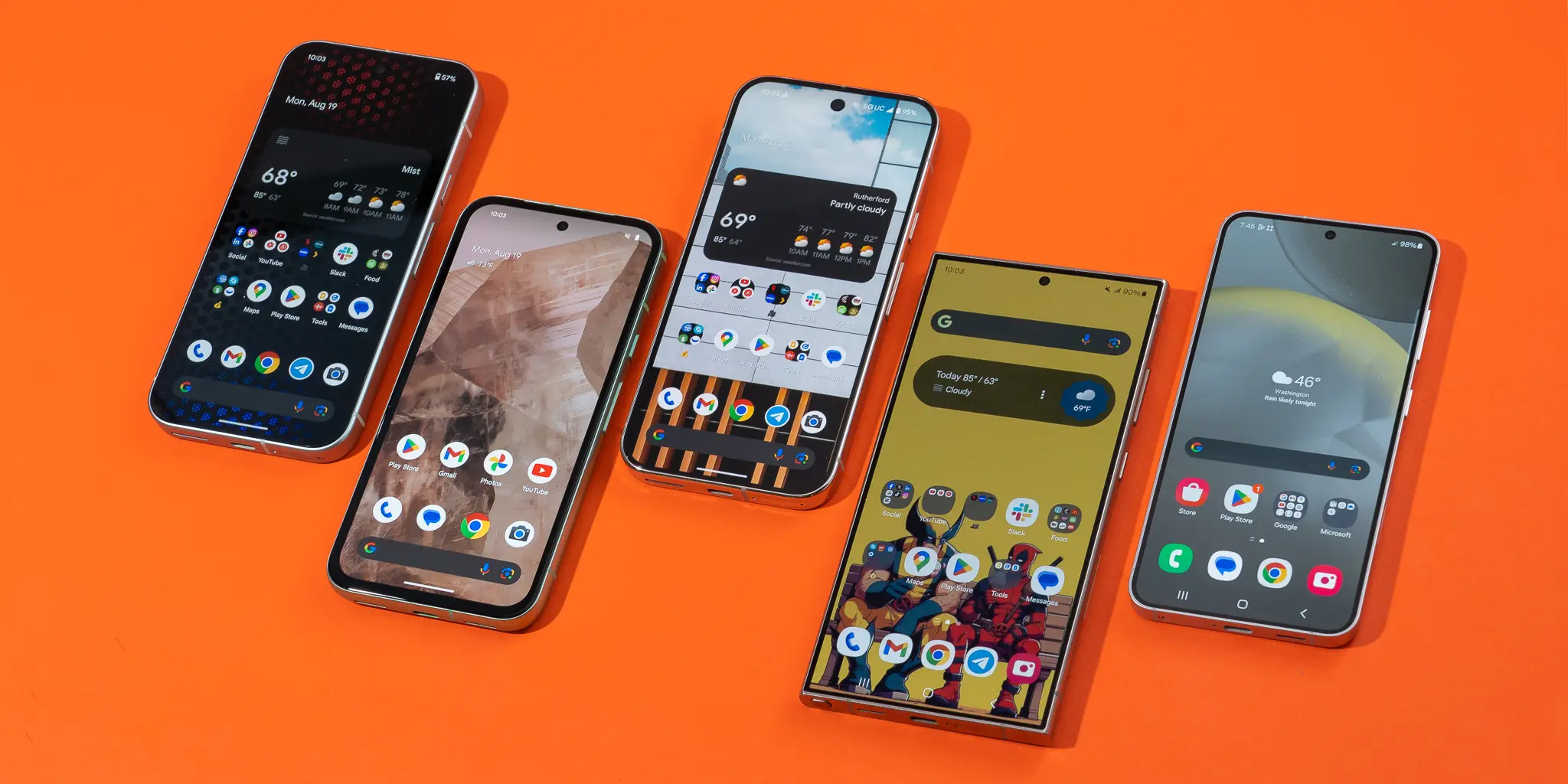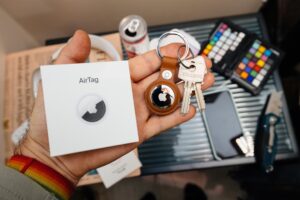Buying a used Android phone can be an exciting yet daunting task. With so many options out there, it’s easy to get swept up in the excitement of snagging a great deal. However, before you make that purchase, it’s crucial to take a moment and inspect the screen closely. The display is one of the most important features of any smartphone; it’s where you interact with your device daily.
Imagine finding your dream phone only to discover later that its screen has hidden flaws or defects. A cracked display or dead pixels can turn your new acquisition into a source of frustration rather than enjoyment. So how do you ensure that you’re getting a quality product? Let’s dive into why inspecting the screen matters and how to effectively evaluate it before sealing the deal!
Why inspecting the screen of a used Android phone is important
The screen of a smartphone is its primary interface. It’s the window through which you interact with apps, messages, and your favorite content. A faulty display can significantly diminish your experience.
Moreover, screens are prone to damage from everyday use. Scratches, cracks, or discoloration can make even the best phone feel cheap and uninviting. If you’re investing in a used device, knowing the condition of its display is non-negotiable.
Additionally, defects like dead pixels or touch sensitivity issues can impact usability. You may find yourself frustrated if basic functions don’t work properly during daily tasks.
A damaged screen often leads to costly repairs down the line. Evaluating it before buying means protecting yourself from unexpected expenses after purchase. By inspecting this crucial feature first-hand, you ensure that your investment truly meets your needs.
Tools needed for inspection
Before diving into the inspection, gather a few essential tools. You don’t need much, but having the right items makes the process smoother.
Start with a clean microfiber cloth. This helps remove smudges and fingerprints that can obscure your view of any potential issues on the screen.
Next, grab a flashlight. A well-placed beam can expose scratches or cracks that might be hard to see in regular lighting conditions.
Consider using a magnifying glass as well. It’s handy for examining tiny imperfections closely without straining your eyes.
If available, download an app designed to test touch sensitivity and display performance. These apps offer valuable insights beyond what you can spot visually.
With these tools at hand, you’re set up for effective inspection of any used Android phone’s screen condition.
Step-by-step guide to inspecting the screen
Start by examining the screen for scratches and cracks. Hold the phone under good lighting to spot any blemishes easily.
Next, turn on the device. Look for dead pixels or discoloration. You can use a solid color background app to help identify these issues quickly.
Test the brightness settings as well. Adjust it from low to high and observe how smooth that transition is. This will also reveal if there are any flickering problems.
Now, run your fingers across the display gently. Check for responsiveness in different areas of the screen, especially near corners and edges.
Don’t forget about touch sensitivity! Open various apps or games that require swiping and tapping to ensure everything works seamlessly without lag or delay.
This thorough inspection will give you a clearer idea of what condition you’re dealing with before making your purchase decision.
Common issues to look out for
When inspecting a used Android phone, several common screen issues can raise red flags.
First, check for cracks and deep scratches. Even small imperfections can worsen over time, affecting usability.
Next, look for dead pixels. These are tiny spots on the screen that don’t display any color. They can be distracting and may indicate further problems with the display.
Another concern is discoloration or fading in certain areas of the screen. This could signal damage from excessive heat or water exposure.
Be wary of flickering screens as well; this suggests potential hardware failure. It’s also essential to watch out for touch responsiveness issues—some areas may not register taps correctly.
Inspect for signs of moisture under the glass. Water damage often leads to more serious complications down the line.
Tips for negotiating the price based on screen condition
When negotiating the price of a used Android phone, start by assessing the screen condition thoroughly. If you spot any scratches or cracks, use them as leverage during your discussions. Highlight how these imperfections may affect usability and aesthetics.
If the display has discoloration or dead pixels, mention that too. It’s essential to emphasize potential repair costs. This can help justify your offer.
Don’t forget to reference similar models in better condition available on the market. Being informed about competitive pricing strengthens your position at the negotiation table.
Be polite yet firm in your approach. Offer a realistic figure based on what you found during inspection. Many sellers appreciate honesty and may be more willing to lower their asking price if they understand why you’re hesitant.
Remember, it’s not just about getting a deal; it’s also about ensuring you’re making a wise investment for yourself.
Importance of testing touch sensitivity and display quality
Testing touch sensitivity is crucial when inspecting a used Android phone. A responsive screen enhances the overall user experience. If the touchscreen lags or misses inputs, it can lead to frustration.
Display quality matters just as much. Look for clarity and color accuracy. Dull colors or pixelation can indicate damage or poor-quality screens.
When you swipe through apps, pay attention to how smoothly everything operates. Any stutters might suggest deeper issues with the device’s hardware.
Also, check for any dead zones on the screen where touch doesn’t register at all. These areas significantly affect usability and could make navigating your phone cumbersome.
Consider brightness levels in different lighting conditions. A good display should adapt well whether you’re indoors or outdoors, ensuring visibility anytime you use it.
Conclusion
When buying a used Android phone, the screen plays a crucial role in the overall experience. Taking the time to inspect it carefully can save you from future headaches and additional costs. By following this guide, you’re equipped with all the knowledge needed to evaluate screen quality effectively.
From checking for physical damage to assessing touch sensitivity, every step matters. Understanding how different issues might affect your use of the device can help you make an informed decision and negotiate better prices.
Remember that a well-maintained screen contributes significantly to user satisfaction. So, whether you’re purchasing from a friend or a stranger online, prioritize thorough inspection as part of your buying process. Happy hunting!



